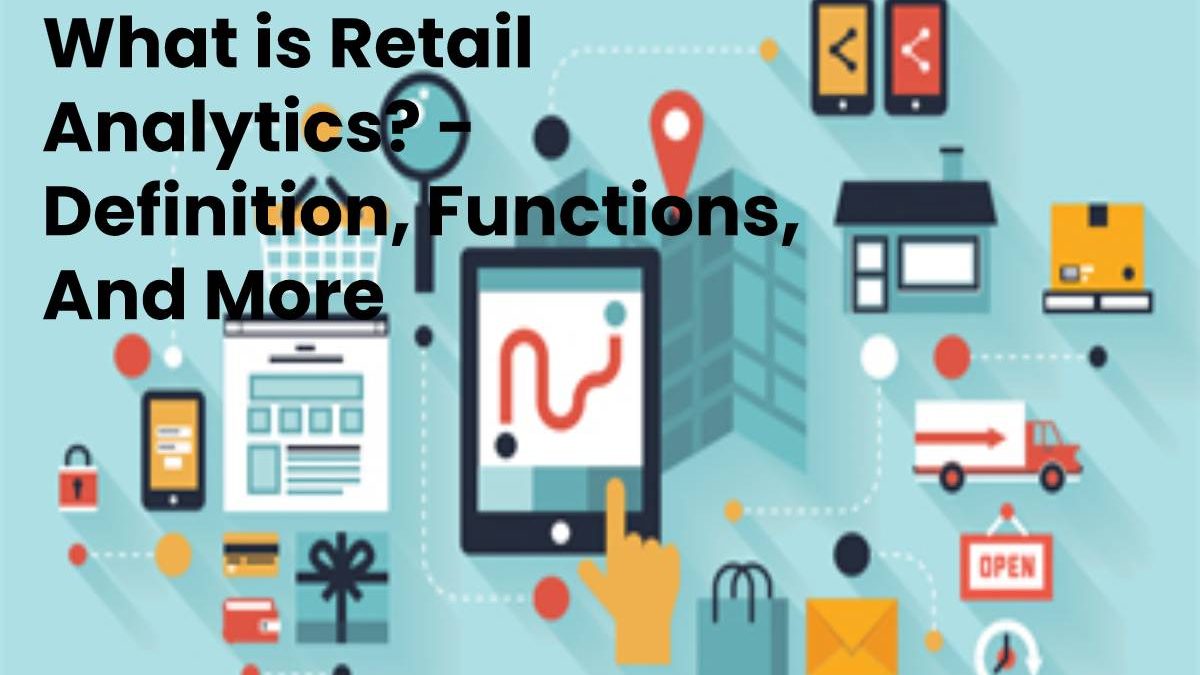Definition Retail Analytics
Retail analytics is a process that helps the retail industry create a unique shopping experience for its customers and achieve their business objectives.
The Retail sector has had the challenge of understanding the client’s needs and requirements to the fullest and most agile way; the opportunity cost being a constant that must get resolved daily.
During a high growth in technological solutions and tools that allow retailers to get closer and get to know their customers better. It is crucial that they know and take advantage of the means that are within their reach. And thus be able to achieve these objectives without a doubt. They will lead them to obtain a very successful business.
Therefore, at present, some conditions favor the use of analytics applied to the massive amounts of information generated in a retail sale operation.
We can use this type of data to improve the decision-making process that allows creating successful campaigns that, in turn, favor the environment of a unique shopping experience for customers, maintaining their loyalty and leading retailers to be competitive in the industry.
Through the client’s knowledge, through all communication channels, it is possible to create unique shopping experiences, customizing offers according to the needs and tastes of each client. It has undoubtedly led retailers to be an example of innovation; Well, day by day, consumers seek to expedite their purchases.
Thanks to analytics, retailers see a business transformation from a stronger relationship with customers to more profitable growth and unique competitive advantage. Thanks to the client’s knowledge, it is possible to plan and execute communication with them.
More relevant and personalized through all channels and giving them the security and confidence that their data will remain secure and will get used optimally
Likewise, it is possible to discover and adopt new ways to improve efficiency and effectiveness through all the elements of the company’s operations, from its structure, equipment, processes, tools, metrics, etc.
An example of success in the use of analytics is Macy’s. The most important retail store in the United States which, to measure and understand the impact of online marketing initiatives effectively. Used SAS® Enterprise Miner ™, obtaining a reduction of the rate of loss of clients of 20 percent. Likewise, it has automated the generation of reports, saving more than 500,000 dollars a year in integrated analysis time.
There are solutions such as SAS® Campaign Management that improve the relationship with customers, increasing the retention rate or increasing sales per customer and loyalty;
As is the case with Harry & David, a chain and producer of premium food and gifts which, through SAS, managed to personalize the marketing messages towards its customers and increased its revenues by 20%.
SAS, a leader in business analytics, has the solutions and tools that have made it possible for companies in the Retail industry to achieve their objectives. Leading them to be more competitive through the maximum use of data and information, their analysis, processing, and reports; which has allowed them to make the best decisions, in less time and to approach their clients.
Also read: What is Inventory? – Definition, Function, Types, Features, and More

